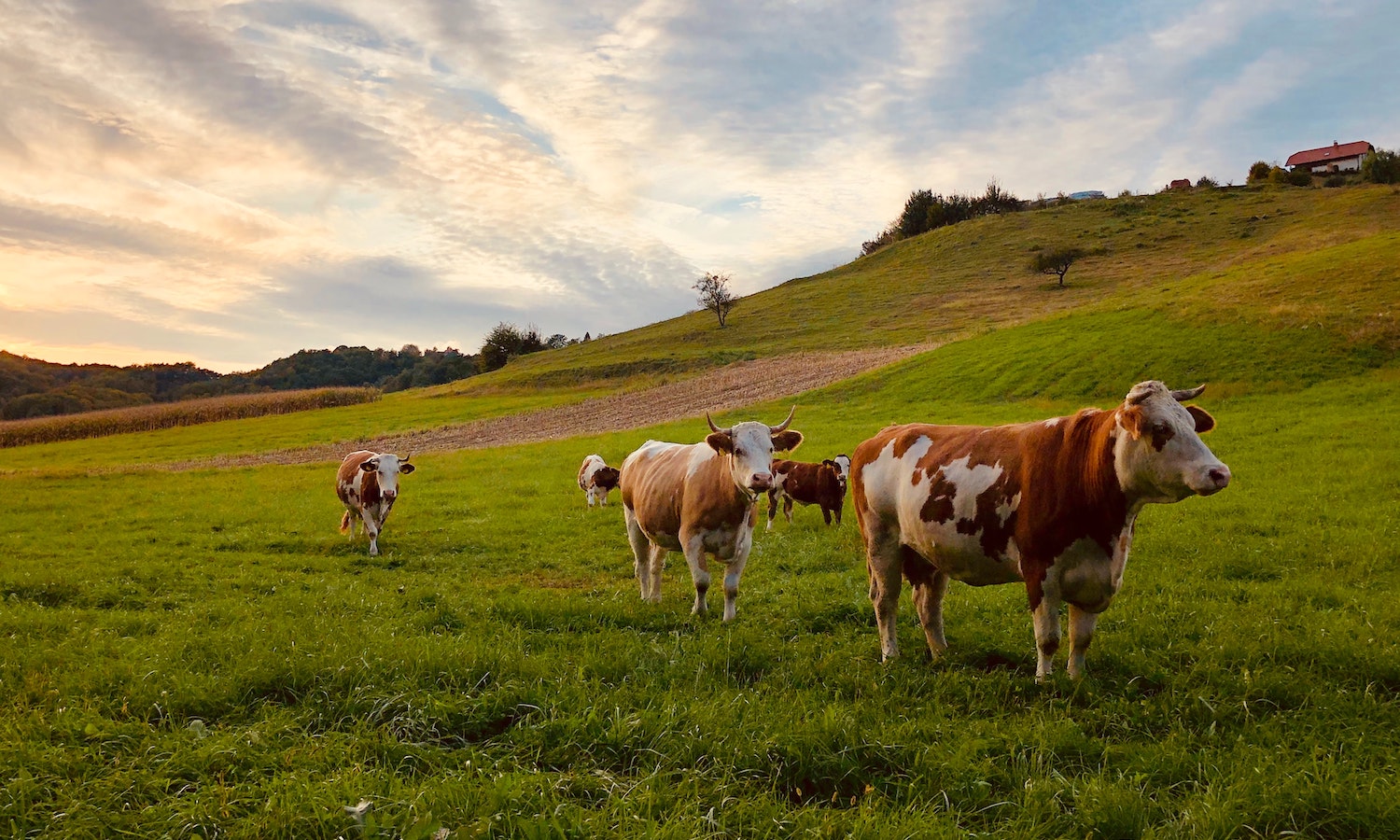The International Livestock Research Institute (ILRI) recently released a brief that provides strategies to promote human, animal, and environmental health through livestock systems. By investing in these initiatives, ILRI argues that governments, investors, and policymakers can prevent the rise of future zoonotic pandemics and develop resilient food systems.
Zoonotic diseases, also known as zoonoses, can be transmitted between animals and humans. According to the Centers for Disease Control and Prevention, three out of every four new or emerging infectious diseases in people stem from wild and domestic animals. The World Health Organization (WHO) estimates that zoonotic diseases account for 1 billion infections and millions of deaths globally. Indiana University’s Environmental Resilience Institute reports that these diseases are only increasing in frequency and severity.
“As we saw with the COVID-19 pandemic, health vulnerabilities and threats in one part of the world can quickly spread and impact the entire global population,” says Jimmy Smith, director general at ILRI, in a press release.
The One Health report names 18 key ways to optimize livestock systems in developing countries. The agenda strives to address the intersectionality of animal, human, and environmental health and wellbeing.
To protect all three domains, One Health’s team of experts focus on seven key areas in the Global South: controlling antimicrobial use, reducing human disease, collaborating between sectors, using gender-sensitive approaches, managing livestock-nature interfaces, maintaining livestock health and welfare, and ensuring food safety. The agenda is tailored towards low-and middle-income-countries where livestock are valuable assets to vulnerable communities.
This report comes in anticipation of the international treaty on pandemic prevention and preparedness. Within the WHO, an intergovernmental negotiating body is convening to form an international agreement on pandemic prevention, preparedness and response. As the brief outlines, zoonotic diseases are central to the discussion of public health, and their prevention should be prioritized.
“As the World Health Organization progresses a new pandemic preparedness treaty, it is critical that governments seize the opportunity to invest in livestock systems to improve public health,” says Hung Nguyen-Viet, co-leader of Animal and Human Health Program at ILRI, in a press release.
Zoonotic diseases spread in a variety of ways. Making contact with an animal’s bodily fluids, getting tick or mosquito bites, eating contaminated food or drinking contaminated water all pose the risks of transmission. The threat of zoonotic disease is exacerbated when animals and people are in close proximity, as in livestock-dependent communities. According to Indiana University’s Environmental Resilience Institute, a new infectious disease emerges, on average, every four months.
ILRI and its partners are currently monitoring the transmission of a new disease found among camels—Middle East Respiratory Syndrome Coronavirus (MERS-CoV). As camels are increasingly adopted as livestock for their climate resilience, concern for the MERS-CoV virus grows. One Health advocates for strengthening zoonotic disease surveillance, especially in rural areas of low-and middle-income-countries.
“Tackling zoonotic diseases at source would dramatically reduce the number of human illnesses and deaths while saving trillions of dollars in future epidemic or pandemic control,” says Nguyen-Viet.
In addition to heightened surveillance, increasing the implementation and availability of livestock vaccines is a vital weapon against disease transmission. In recent years, human-caused environmental degradation has worsened the rise and spread of disease-resistant pathogens from wild animals. Wild animal species are migrating more frequently due to deforestation, rising temperatures, and changes in precipitation. Per a study published in Frontiers in Veterinary Science, the wildlife-domestic interface can introduce foreign disease and increase the risk of spillover.
Improvements in domesticated livestock systems can reverse some damage and prevent future transmission. Implementing the One Health recommendations can help livestock keepers minimize greenhouse gas emissions and promote carbon sequestration. The agenda includes improvement strategies that can be implemented easily, including composting. Animal waste, when composted or biodigested, can be converted into fertilizer or biogas, for example.
The One Health report also outlines improvements in animal processing. Slaughtering techniques or confinement methods can increase the probability of an outbreak, when not done responsibly. Improper packing, storing, transporting, or preparation of livestock products are also common avenues of transmission.
Investing in these solutions covered in the report can also help achieve U.N. Sustainable Development Goals (SDGs), the authors argue. Livestock can provide greater food security, empower women, enhance nutrition, and provide economic growth opportunities, among others.
“Healthy livestock means healthy people and environments, which not only enables low-income countries to sustainably grow their economies but also improves global health security, minimizing the risk of disease outbreaks that spread worldwide,” says Smith.
Articles like the one you just read are made possible through the generosity of Food Tank members. Can we please count on you to be part of our growing movement? Become a member today by clicking here.
Photo courtesy David Dolnec, Unsplash












